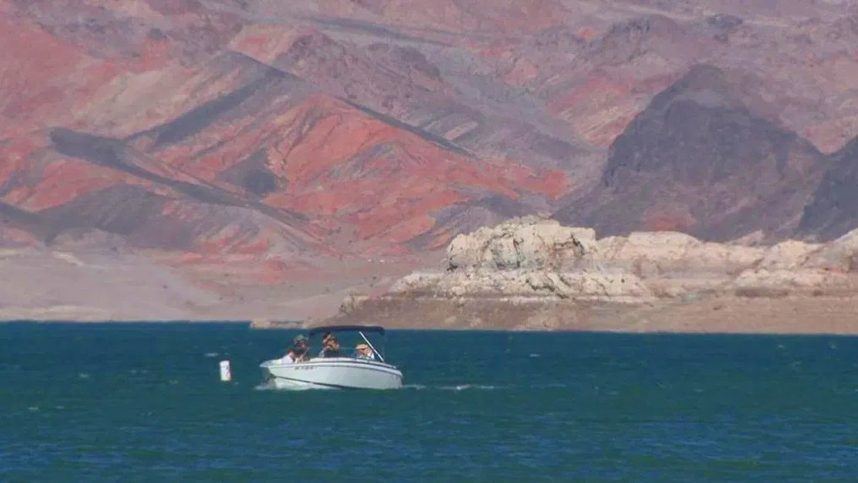Posted on: July 4, 2024, 11:53h.
Last updated on: July 4, 2024, 11:56h.
Lake Mead National Recreation Area, already the nation’s deadliest national park with an average of 18.45 deaths per year since 2013, is on track to set a new death record in 2024.

According to data obtained from the park service by KLAS-TV/Las Vegas, in the first half of 2024, 19 people have already died in the 1.5 million acre national park about 30 miles east of the Las Vegas Strip.
That’s the same number of people who died there in 2016, in 2018, and in 2019.
This trend seemed to have started last year, when 29 people perished, making 2023 Lake Mead’s deadliest year on record. (The fatalities for 2022 were 21.) But the fatality rate last year didn’t reach 19 until the end of July.
From 2013 to 2023, Lake Mead National Recreation Area, famously the home of Hoover Dam, saw a total of 203 fatalities, according to information collected by the Public Risk Management Program (PRMP). That’s a whopping 1,235% more deaths than the average for America’s national parks, and 6.9% of total national park deaths in that period.
The most common cause of death was drowning in Lake Mead itself, accounting for 56, or 27.6%, of those deaths and 12% of the 466 total drowning deaths across parks nationally.
Four of the people who died so far this year at Lake Mead National Recreation Area are confirmed to have drowned.
Ranking the Other Parks
Yosemite was rated America’s second deadliest national park, according to the PRMP, with 152 recorded deaths from 2013 to 2023. Medical emergencies were the main cause of death there, accounting for 34 fatalities, while falling was the second-most common, accounting for 33.
The third deadliest national park was Grand Canyon National Park, which recorded 136 deaths during the same ten-year time period.
Nearly 5.8 million people visited Lake Mead in 2023, according to the park service, more than the 5.6 million visitors recorded in 2022 but fewer than the 8 million who visited in 2020.
Everyone boating on Lake Mead is advised to wear a lifejacket, to monitor the weather, and not to drink alcohol before swimming.















